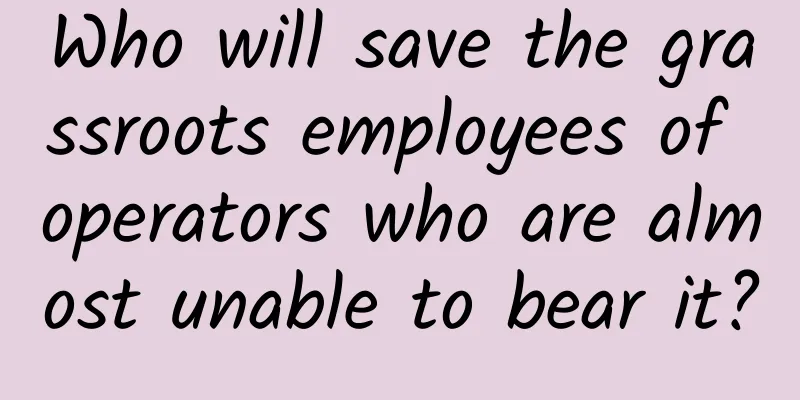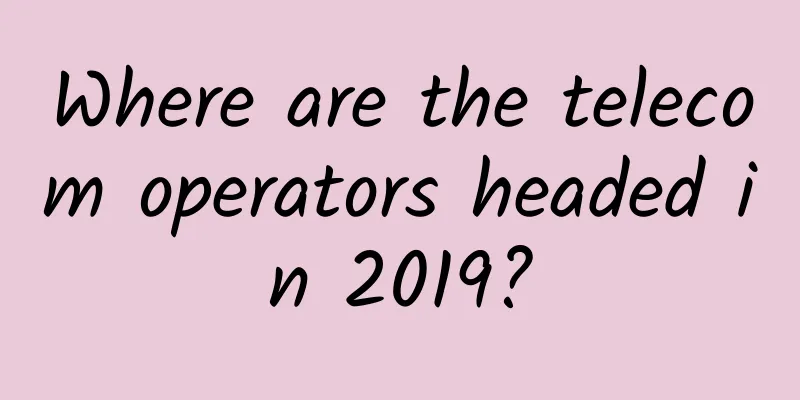Whose encryption key is hardcoded in the code?

|
System design, protocol first. Most people do not understand the design details of the protocol, and tend to use existing protocols for application layer design, such as:
In any case, understanding the principles of protocol design is very helpful for a deep understanding of system communication. 1. Layered design of the protocolThe so-called "agreement" is a rule that both parties abide by, such as a divorce agreement or a ceasefire agreement. An agreement has three elements: syntax, semantics, and timing:
Voice-over: The following text mainly talks about grammar design. Protocol design is usually divided into three layers: application layer protocol, security layer protocol, and transport layer protocol. Let’s take a look at how to select the protocols for these three layers. 2. Application layer protocol designThere are three common application layer protocol selections: text protocol, binary protocol, and streaming XML protocol. (1) Text Agreement A text protocol refers to a communication transmission protocol that is "close to human written language expression". A typical protocol is the HTTP protocol. An example of an HTTP protocol request message is as follows: GET / HTTP / 1.1 The characteristics of the text protocol are:
(2) Binary protocol A binary protocol is a binary protocol, typically the IP protocol. The following is a diagram of the IP protocol: Binary protocols generally include: Generally include:
The characteristics of the binary protocol are:
This is an example of a typical 16-byte binary fixed-length header: //sizeof(cs_header)=16 in: (1) The first 4 bytes represent the version number; (2) The next 4 bytes represent the magic number magic_num, which is used to solve the problem of data misalignment or packet loss; Voice-over: For example, the magic number is agreed to be 0x01020304. If the received message matches the magic number, it is considered to be a normal message. Otherwise, it is considered to be an abnormal message and the connection is disconnected. (3) The next 4 bytes represent the command number. Different command numbers correspond to different variable-length packets. (4) The last 4 bytes represent the length of the packet body, which determines how many bytes the variable-length packet body has; This is an actual binary variable-length package body: message CUserLoginReq { It uses Google's Protobuf protocol, which is easy to see:
PB is a very popular binary variable-length packet protocol with the following advantages:
Streaming XML protocol Streaming XML seems to be a special case of text protocol, and can also be regarded as a separate category. For example, xmpp is a typical streaming XML protocol. The following is a typical message of the xmpp protocol: < message From the XML tags, we can roughly judge that this is a chat message sent by Romeo to Juliet. The XML protocol has several characteristics:
3. Security layer protocol designIn addition to using SSL, there are three common solutions for implementing the security layer protocol by yourself. Voiceover: SSL key management is a problem. (1) Fixed key The server and the client agree on a key and an encryption algorithm (for example, AES). Each time before the client sends a message, it uses the agreed algorithm and key to encrypt and transmit it. After the server receives the message, it uses the agreed algorithm and key to decrypt it. Voice-over: Security is low, and security is based on the professional ethics of programmers. (2) One person, one password In simple terms, a person's key is fixed, but different for each person. Common implementation methods are:
(3) One-time pad That is, dynamic keys, one session one key, which is more secure, and keys are negotiated before each session. The key negotiation process requires two random asymmetric key generation and one random symmetric encryption key generation. The specific details are not expanded here. 4. Transport layer protocol designThe optional protocols are TCP and UDP. TCP is basically used now. With the advent of technologies such as epoll, multiple connections are no longer a bottleneck, and there is no problem with hundreds of thousands of connections on a single machine. |
<<: What is 6G and when can we expect it?
>>: Let’s talk about the technological advances needed to realize the 6G vision
Recommend
Interrupt or poll? It's so troublesome to get a data packet!
New employees in the network department My name i...
The New Year season is coming and the hidden power of routers is unlocked
Wireless routers have entered thousands of househ...
5G in numbers: 5G trends revealed by statistics in the first half of 2021
[[420577]] 2021 marks the second anniversary of t...
SD-WAN architecture requires a new approach to network management
Software-defined networking (SDN) has become an i...
Detailed explanation of the three most commonly used wiring systems in integrated wiring!
The integrated wiring system is the infrastructur...
Replacing with a new one doesn’t work? Learn how to adjust the wireless router signal
Whether it is Tieba, Weibo or the discussion area...
Inner Mongolia promotes "Internet +" and explores government cloud construction
[[188588]] The intensive construction of "In...
Cisco ACI original core technology expert reveals the birth of ACI
The official development of ACI began in January ...
As low as 2.2 yuan/GB, the first 5G package is released
The world's largest commercial 5G tariff pack...
VMISS VPS 20% off, Hong Kong/Korea/Japan/Los Angeles etc. starting from 21 yuan/month, CN2 GIA/9929/CMIN2 lines available
Canadian hosting provider VMISS currently offers ...
Dingxiang Chen Shuhua: Security can also be shared? You read that right!
[51CTO.com original article] The latest data in 2...
The maturity of 5G technology is the key to the real implementation of autonomous driving
[[182056]] Recently, the news that "Huawei&#...
Why do we need UDP protocol?
Every programmer should know TCP and UDP protocol...
DogYun's 2nd anniversary: 30% off on Dynamic Cloud, 20% off on Classic Cloud, 100 yuan off on Dedicated Servers per month, 200 yuan free for top-up, 50% off on Lucky Wheel
DogYun (狗云) launched its two-year anniversary cel...








![[Black Friday] Zgovps: $12.9/year-1GB/20GB/2TB/Japan IIJ/Germany/Los Angeles AS4837, etc.](/upload/images/67cabcf94e758.webp)
